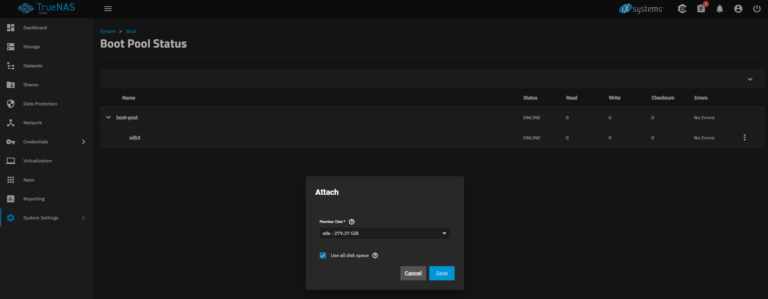A Diameter Application is not a software application but is a protocol based on the Diameter base protocol defined in RFC 6733 (Obsoletes: RFC 3588). Each application is defined by an application identifier and can add new command codes and/or new mandatory AVPs. Adding a new optional AVP does not require a new application.
The Diameter protocol was initially developed by Pat R. Calhoun, Glen Zorn, and Ping Pan in 1998 to provide a framework for authentication, authorization and accounting (AAA) that could overcome the limitations of RADIUS. RADIUS had issues with reliability, scalability, security and flexibility. RADIUS cannot deal effectively with remote access, IP mobility and policy control. The Diameter protocol defines a policy protocol used by clients to perform policy, AAA, and resource control. This allows a single server to handle policies for many services.[1]
Like RADIUS, Diameter provides AAA functionality, but it is using TCP and SCTP instead of UDP, therefore logic for detection of communication problems is not included in the Diameter protocol itself. The Diameter protocol is enhanced further by the development of the 3rd Generation Partnership Project (3GPP) IP Multimedia Subsystem (IMS). The Cx, Dh, Dx, Rf, Ro, and Sh interfaces are supported by Diameter applications.[2] Through the use of extensions, the protocol was designed to be extensible to support proxies, brokers, strong security, mobile IP, network-access servers (NASREQ), accounting and resource management.
http://en.wikipedia.org/wiki/Diameter_(protocol)


